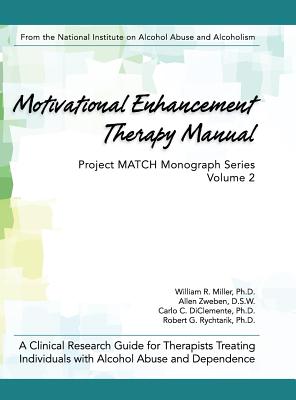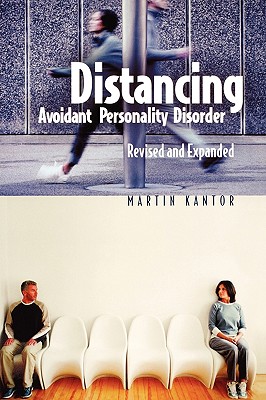| Description Experts Expert Contributions Featured Books for Sale |
Videos Articles Research Organizations |
In the News Additional Resources Coming Later Contributors |
Description
Avoidance often coincides with anxiety and the promotion of anxiety symptoms. Individuals begin to avoid people, places, or situations to alleviate unpleasant emotions, memories, or circumstances. Initially, the avoidance works, but over time, anxiety increases and the perception that the situation is unbearable or dangerous increases as well, leading to a greater need to avoid. Avoidance can be adaptive, but it is also a behavioral pattern that reinforces perceived danger without testing its validity, and it typically leads to greater problems across major life areas (e.g., avoiding emotionally oriented conversations in an intimate relationship). For many individuals who have traumatic stress reactions, avoidance is commonplace.
Source: https://www.ncbi.nlm.nih.gov/books/NBK207191/

Experts

Featured Books:


Videos:

Psych in 60 (1:07)

Articles:

Research:

Organizations:

In the News:

Additional Resources:
Contributors:Professionals:
Compiled By:
|
![]() Expert
Expert
![]() Professional
Professional
![]() Outreach Leader
Outreach Leader
![]() Moderator
Moderator
![]() Contributor
Contributor






























